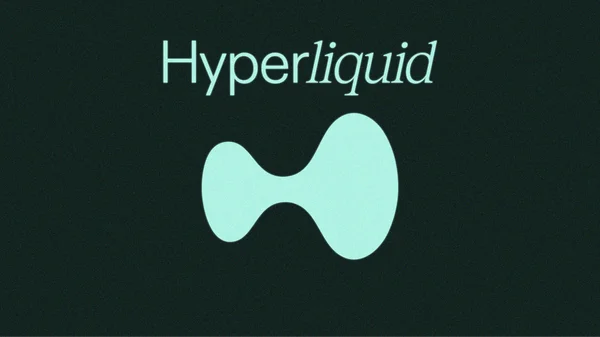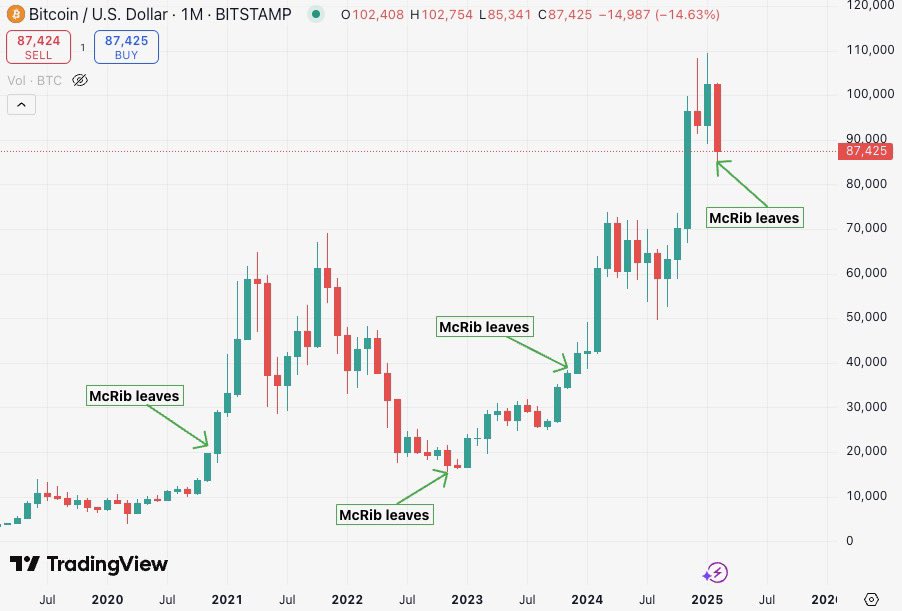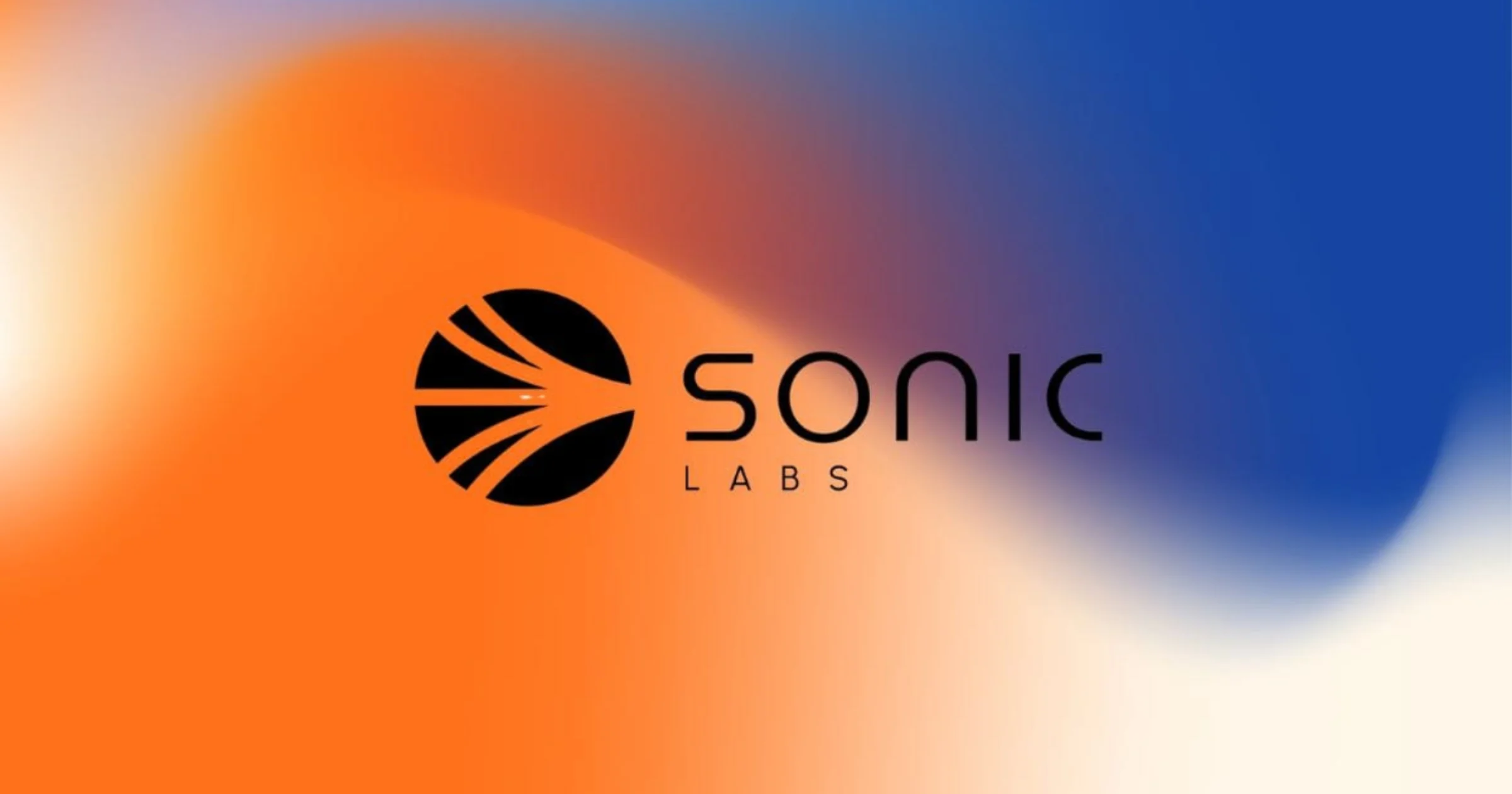Breaking News

Popular News






Enter your email address below and subscribe to our newsletter
Stay On Top

Andre Cronje, a luminary in the decentralized finance (DeFi) space, has once again captured the crypto community’s attention with his leadership at Sonic Labs, the rebranded entity formerly known as the Fantom Foundation. As the Chief Technology Officer, Cronje has spearheaded the development and launch of Sonic, a new layer-1 blockchain designed to succeed the Fantom Opera chain. Known for his innovative contributions to projects like Yearn.Finance, Cronje’s vision with Sonic is to push the boundaries of blockchain performance, and the early results of this endeavor are proving both promising and complex.
The launch of Sonic’s mainnet in December 2024 marked a significant milestone, introducing a blockchain capable of handling up to 10,000 transactions per second (TPS) with sub-second finality. Initial reports indicate that Sonic has achieved impressive metrics, with Cronje himself noting on X that it reached a peak of 1,620 TPS in its early stages, though still operating in a “safety mode” until more validators migrate. This performance is a testament to Sonic’s optimized execution stack and improvements like the Sonic Gateway, a secure bridge to Ethereum, which enhances interoperability. The network has executed nearly 304,000 transactions and boasts around 24,000 unique wallet addresses, signaling robust early adoption. Additionally, Sonic Labs has implemented a points system tied to an airdrop of 190.5 million S tokens, valued at approximately $232 million, to incentivize user engagement and loyalty, a strategy that has kept the community buzzing.
Despite these achievements, the question remains whether Sonic is meeting the lofty expectations set by Cronje and the broader crypto community. Cronje has positioned Sonic as a “new paradigm,” touting its ability to scale transactions to 16,000+ TPS and its role as a decentralized layer-2 alternative. While the network has not yet reached its full operational speed, its performance metrics are impressive compared to many competitors. However, some X posts suggest mixed sentiment, with critics noting that Sonic’s current TPS, while high, falls short of the promised ceiling, and its market cap ranking at 85th (with S trading at $0.453 as of January 29, 2025) indicates it has not yet achieved the dominance anticipated. Challenges such as validator migration and the competitive layer-1 landscape, populated by giants like Ethereum and Solana, pose hurdles to Sonic’s immediate success. Nevertheless, the integration of Chainlink CCIP and partnerships with Circle for bridged USDC demonstrate Sonic’s commitment to building a robust ecosystem, suggesting it is on track to meet many of its technical goals, if not yet its market dominance aspirations.
Looking to the future, Sonic Labs and Andre Cronje have outlined an ambitious roadmap that could significantly enhance the network’s potential. Cronje has teased the launch of his own decentralized applications (dApps) on Sonic, including innovations like ICOs, fair launches, and retroactive airdrops, aiming to showcase the blockchain’s capabilities. The planned deployment of Aave v3 on Sonic, as confirmed by community posts on X, could further bolster its DeFi credentials, attracting liquidity and developers. Sonic’s fee monetization feature, which rewards developers with up to 90% of network fees, positions it as a developer-friendly platform, potentially fostering a thriving dApp ecosystem. Additionally, Cronje’s critique of Ethereum’s layer-2 solutions and his advocacy for decentralized scalability through Sonic indicate a long-term vision of challenging the status quo in blockchain architecture.
The future potential of Sonic is also tied to its ability to navigate market dynamics and regulatory landscapes. While the network’s high performance and innovative features are compelling, its success will depend on continued community support, developer adoption, and Cronje’s ability to deliver on his promises. The crypto market’s volatility, as evidenced by recent meme coin collapses like LIBRA, underscores the need for Sonic to maintain credibility and utility. If Sonic can scale to its full potential, attract significant dApp development, and capitalize on Cronje’s reputation, it could emerge as a major player in the layer-1 space, offering a viable alternative to established networks and redefining blockchain performance standards.